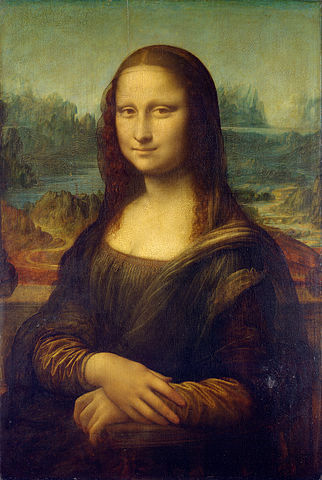
The word zombie is never used in Night of the Living Dead.
The word Mafia is never used in The Godfather.

The word zombie is never used in Night of the Living Dead.
The word Mafia is never used in The Godfather.

Can one generation bind another, and all others, in succession forever? I think not. The Creator has made the earth for the living, not the dead. Rights and powers can only belong to persons, not to things, not to mere matter, unendowed with will. The dead are not even things. The particles of matter which composed their bodies, make part now of the bodies of other animals, vegetables, or minerals, of a thousand forms. To what then are attached the rights and powers they held while in the form of men? A generation may bind itself as long as its majority continues in life; when that has disappeared, another majority is in place, holds all the rights and powers their predecessors once held, and may change their laws and institutions to suit themselves. Nothing then is unchangeable but the inherent and unalienable rights of man.
— Thomas Jefferson, letter to Maj. John Cartwright, June 5, 1824
Tradition means giving votes to the most obscure of all classes — our ancestors. It is the democracy of the dead. Tradition refuses to submit to the small and arrogant oligarchy of those who merely happen to be walking around.
— G.K. Chesterton

Kepler’s second law holds that a line segment connecting an orbiting planet to its sun sweeps out equal areas in equal periods of time: In the diagram above, if the time intervals t are equal, then so are the areas A.
If gravity were turned off, would this still be true?

Pretend that you’ve never seen this before and that it’s an actual living person whose personality you’re trying to read. If you look directly at her face, she seems to hesitate, but if you look near it, say beyond her at the landscape, and try to sense her mood, she smiles at you.
In studying this systematically, Harvard neurobiologist Margaret Livingstone found that “if you look at this painting so that your center of gaze falls on the background or her hands, Mona Lisa’s mouth — which is then seen by your peripheral, low-resolution, vision — appears much more cheerful than when you look directly at it, when it is seen by your fine-detail fovea.
“This explains its elusive quality — you literally can’t catch her smile by looking at it. Every time you look directly at her mouth, her smile disappears because your central vision does not perceive coarse image components very well. People don’t realize this because most of us are not aware of how we move our eyes around or that our peripheral vision is able to see some things better than our central vision. Mona Lisa smiles until you look at her mouth, and then her smile fades, like a dim star that disappears when you look directly at it.”
(From her book Vision and Art: The Biology of Seeing, 2002.)
Prove that log10 5 is irrational.
A man was hanged who had cut his throat, but who had been brought back to life. They hanged him for suicide. The doctor had warned them that it was impossible to hang him as the throat would burst open and he would breathe through the aperture. They did not listen to his advice and hanged their man. The wound in the neck immediately opened and the man came back to life again although he was hanged. It took time to convoke the aldermen to decide the question of what was to be done. At length the aldermen assembled and bound up the neck below the wound until he died. O my Mary, what a crazy society and what a stupid civilization.
— Russian exile Nicholas Ogarev, writing to his English mistress Mary Sutherland, 1860, quoted in Alfred Alvarez, The Savage God: A Study of Suicide, 1971

meridiation
n. a midday rest
William D. Harvey offered this in Omni in 1980 — a mnemonic for spelling mnemonics:
Mnemonics neatly eliminate man’s only nemesis: insufficient cerebral storage.

China and Afghanistan share a border. The Wakhan Corridor, a slender panhandle only 40 miles wide, reaches between Tajikistan and Pakistan to touch Afghanistan’s eastern border.
Because China does not use conventional time zones, that border requires the greatest time change of any international frontier — travelers must reset their watches by 3.5 hours.